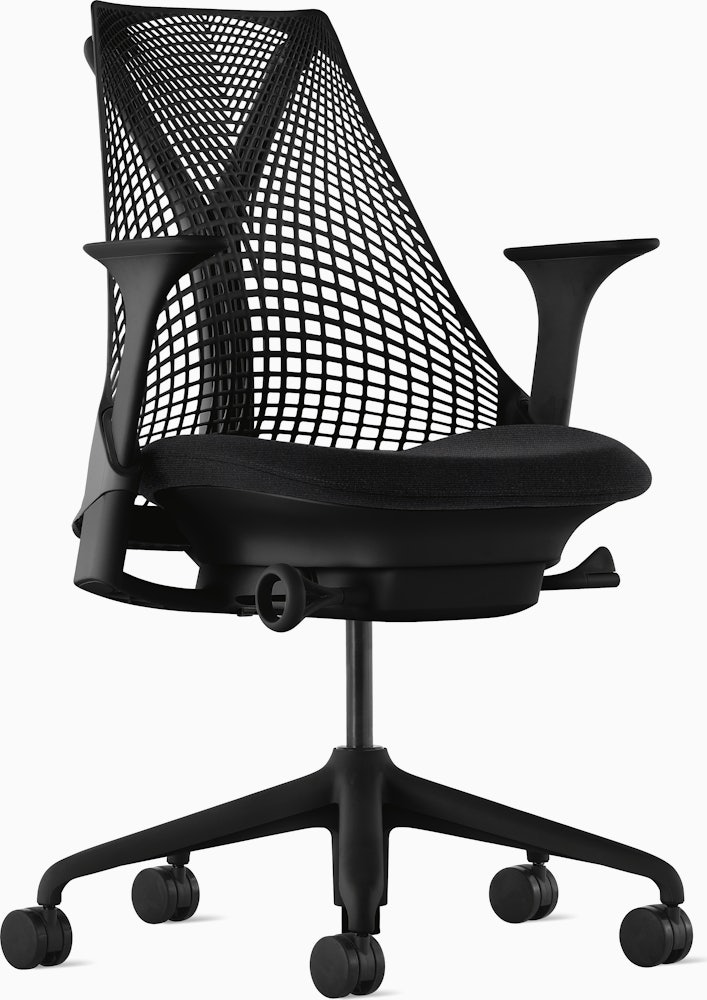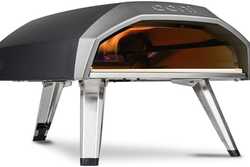How to Relieve Back Pain, According to the Experts

Our evaluations and opinions are not influenced by our advertising relationships, but we may earn a commission from our partners’ links. This content is created by TIME Stamped, under TIME’s direction and produced in accordance with TIME’s editorial guidelines and overseen by TIME’s editorial staff. Learn more about it.
If you suffer from chronic or intermittent back pain, you’re not alone. Up to 85 percent of adults will experience back pain during their lifetime, reports the American Association of Neurological Surgeons, for various reasons. Personally, I have struggled periodically—although thankfully not chronically—with lower back pain over the last decade, along with many people I know. There are many causes of back pain, but the good news is there are also many ways to treat back pain, and not all of them include serious medical procedures.
There are myriad reasons chronic or intermittent back pain occurs, shares Dr. Nick Jain, a board-certified orthopedic spine surgeon at DISC Sports & Spine Center in Southern California. “Common causes of back pain include degenerative arthritis or degenerative disc disease, aging, poor posture, weak core muscles, sedentary lifestyles, tobacco use, and stress,” he says. “The list is endless! But if you have back pain, at least you're not alone.”
Dr. Jain says nearly 80 percent of Americans experience back pain for a variety of reasons. “There are many causes of back pain, ranging from the multiple structures in the lower back to muscle and soft tissue inflammation or injury,” he continues. “Facet joints and discs between the lumbar spine vertebrae bones can develop arthritis and cause pain. Fractures can develop in the spine, requiring treatment. Nerve pinching (or stenosis) can also lead to significant pain.”
And sometimes, a stressed-out back happens because you have lifted something incorrectly or even slept in a funny position. After never having any back issues for 40 years, I began to have lower back trouble after my second child was born. Lack of sleep, poor posture, a weak core, and carrying around a baby and a toddler all contributed to my back’s extremely painful spasms. Back pain can be extremely frightening, too, triggering fear and stress which can further exacerbate tense muscles. It took me several years to find the right combination of tools, exercises, and techniques to keep my back pain at bay. Sometimes, usually when I’m not taking enough care of myself, and during times of extreme stress, my spasms return.
Thankfully, I’ve learned a few ways to ease my pain. And there are many techniques, including physical therapy, that can help you manage pain and flare-ups as well. The key is finding out why your back is in pain and the best way to treat it, as directed by a doctor or physical therapist.
Dr. Jain says there are simple ways to ease back pain in many cases, like keeping weight down, doing core strengthening exercises, maintaining a healthy, active lifestyle, and avoiding high-impact activities.
Dr. Jain says “physician-directed home exercises, chiropractic care, acupuncture, physical therapy, steroid injections, and (in rare cases) novel treatments like basivertebral nerve ablation, surgical treatment with lumbar fusion, or artificial disc replacement are all ways to deal with back pain depending on an individual’s situation.
“Yoga, pilates, and swimming are some of my favorite go-to's for routine use to avoid back pain, as well as the elliptical over running.” But don’t overdo it, he cautions. “Excessive back flexion and extension exercises with heavy weights can lead to increased back pain,” Jain says.
In addition, making sure to protect your spine while exercising—and at work—is critical, shares Elizabeth Gimmison, physical therapist at FYZICAL Therapy & Balance Centers in Centerville, Ohio. “To help ease back pain, it’s important to protect your spine by using good mechanics when lifting, working out, doing yard work or housework as well as taking breaks while performing these activities to help prevent injury,” she recommends. “Staying active will help strengthen your postural muscles, core, hips, and more. Make sure you get up and move at least once an hour if you work a sedentary job. Walking, even just short distances, can help, as can stretching.” To help with proper posture while working, a good chair for back pain might help alleviate symptoms.

“A physical therapist can help guide proper movement and exercise, as well as muscle
and tendon loading so you can return to your optimal level of function and also
use manual skills to address muscle imbalances and provide modalities for pain management,” says Gimmison. For example, my physical therapist offered a range of exercises I still do every morning to relax my back before I get up and start my day. These include cat-cow, knee-to-chest (each side), and other spinal stretches.
Low back pain is extremely common. If an orthopedic doctor has ruled out anything serious, lifestyle changes, such as losing weight, reducing stress, seeing a physical therapist, starting pilates, and even just getting adequate rest and walking, can all help reduce pain.
A quality mattress for back pain and the right pillow (and other bedding) can also help relieve pain. “A nice, fairly firm sleeping surface is usually the best position, either on the back or on the side,” recommends Dr. Jain.

You should never hesitate to call your doctor when you are in pain; back pain is no exception. “The vast majority of episodes of back pain (the second most common reason for a doctor's visit in the United States) can be treated well with a short course of oral anti-inflammatory medications, ice, gentle stretching, and either physician-directed home exercises or a formal course of physical therapy for four to six weeks,” says Dr. Jain. “ If patients continue to have pain following those treatments, they should see a specialist or orthopedist for back pain.”
He cautions: “Some exceptions to this are severe, debilitating pain, new neurologic deficits or significant weakness in the arms or legs, bowel or bladder incontinence, fevers or worsening numbness or tingling.” If you are suffering from any of these issues, get in touch with your doctor immediately or go to the emergency room.
Your orthopedic surgeon will tell you if and when you are a good candidate for back surgery, which is often not recommended as a first option for someone seeking relief from back pain.
“Surgery is indicated for back pain when there is associated sciatica-type pain with numbness, deformity of the spine, curvature or malalignment of the spine, continued weakness that is resistant to conservative treatments, when patients have ongoing pain despite conservative therapies due to spinal instability or fractures, severe degenerative arthritis or spinal stenosis (nerve pinching) that causes pain that gets worse with standing and walking,” says Dr. Jain.
Surgery can work in some instances to relieve serious back pain, but for many (myself included), taking preventive and restorative health measures, including physical therapy, is the first line of defense against back pain.
The information presented here is created by TIME Stamped and overseen by TIME editorial staff. To learn more, see our About Us page.



